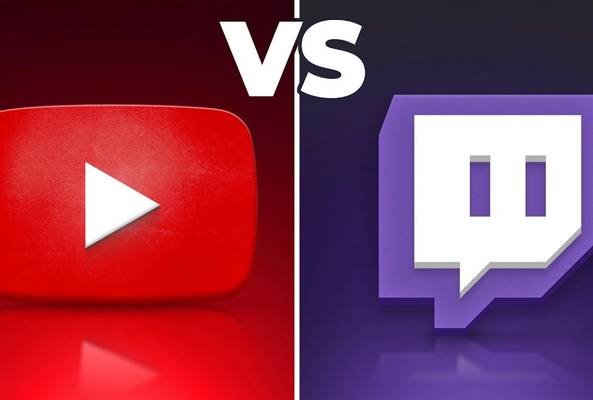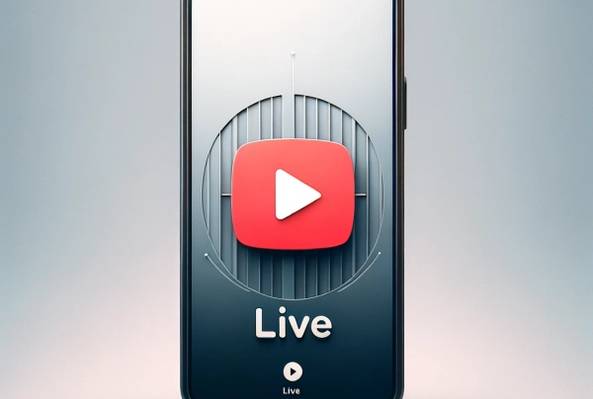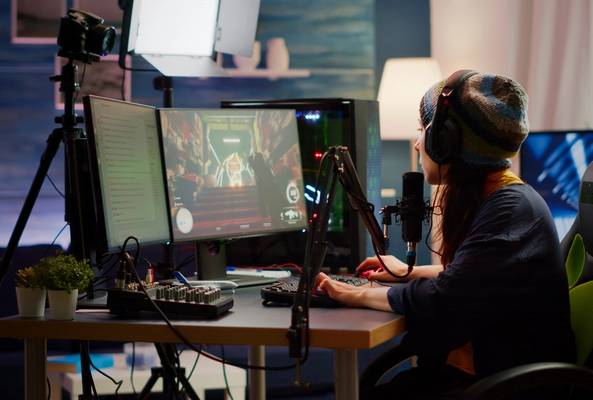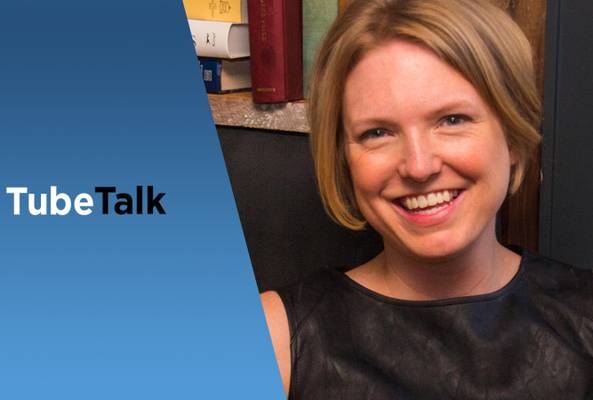Lydia Sweatt is a writer who loves balancing her article/blog time indoors with a healthy dose of nature. She bikes, hikes, and identifies edible plants along the way.
Going Live on YouTube: 8 Genius Hacks for Monetizing Your Streams
Imagine that, right now, life is a bit chaotic. You've lost your job, your newborn needs medical attention, and you've just moved to a new place, so you're fresh out of money.
Of all the solutions you could try — looking for a new job, starting a business, creating a side hustle — you're pretty sure that going live on YouTube isn't the answer. No one makes real money doing that, right?
Well, not quite. Canadian Guy Eh, a gaming creator, faced these same challenges and still monetized his way to a full-time income. Starting with just 10,000 subscribers, CGE used a combination of regular videos and livestreams to make money on YouTube (and livestreams currently pay his rent!). Now he has over 70,000 subs who enjoy his Spyro the Dragon and Crash Bandicoot videos.
Stop Guessing. Start Growing.
Join 20M+ creators using vidIQ to get more views, subscribers, and success on YouTube.
So, what's the secret to CGE's success, and how did he turn his circumstances around? We'll explore his story, plus highlight the best strategy for monetizing YouTube livestreams.
First, Build an Audience for Your Streams

Before you can even think about monetizing your content, you need to build a loyal audience. Interestingly, CGE says that live streamers should build a community outside of YouTube before they go live.
"And that was always my focus, not millions and millions of views," CGE says. "It was always a dedicated, tightly-knit community. If you have a community backing you up, that helps with numerous things on YouTube."
Once you're part of a community, you have a built-in audience for your topic of choice. So before you start steaming, CGE recommends three things:
- Find a topic you're passionate about.
- Join a community of like-minded people.
- Build a niche community to grow your influence.
1. Find a Topic You're Passionate About
Finding your passion is the best way to kick off a YouTube channel because it helps you connect with the right viewers. So, what's your thing? Is it Zelda gaming? Peanut farming? Ballet dancing? No matter what you're doing, it helps if you're utterly obsessed with the topic.
2. Join a Community for That Topic
Once you've identified your passion, look for communities of people interested in the same thing. You can check spaces like Discord, Twitter, and even different Facebook groups to find your tribe. But once you're there, CGE says to engage with others genuinely and make real connections.
"Don't even think about your channel," he says. "Be involved in the community for the sake of being involved."
3. Build Your Own Community to Stand Out
Once you're well-known in a community, it's time to build something of your own. Create an online group that aligns with your passion and YouTube channel, preferably somewhere outside of YouTube. That could be Instagram, Twitter, TikTok, or another platform.
Nurture that audience, and soon enough, you'll begin to stand out for your niche. This creates one more place for people to discover your channel.
For example, CGE created "Spyro Community Day" on Twitter to meet new people and expand the topic beyond YouTube.

"We talked about the community and spent all day retweeting stuff, talking to people, and just speaking about the franchise," he says. "If that builds the community [you're streaming for], inevitably, your channel's going to grow."
Start Streaming on YouTube
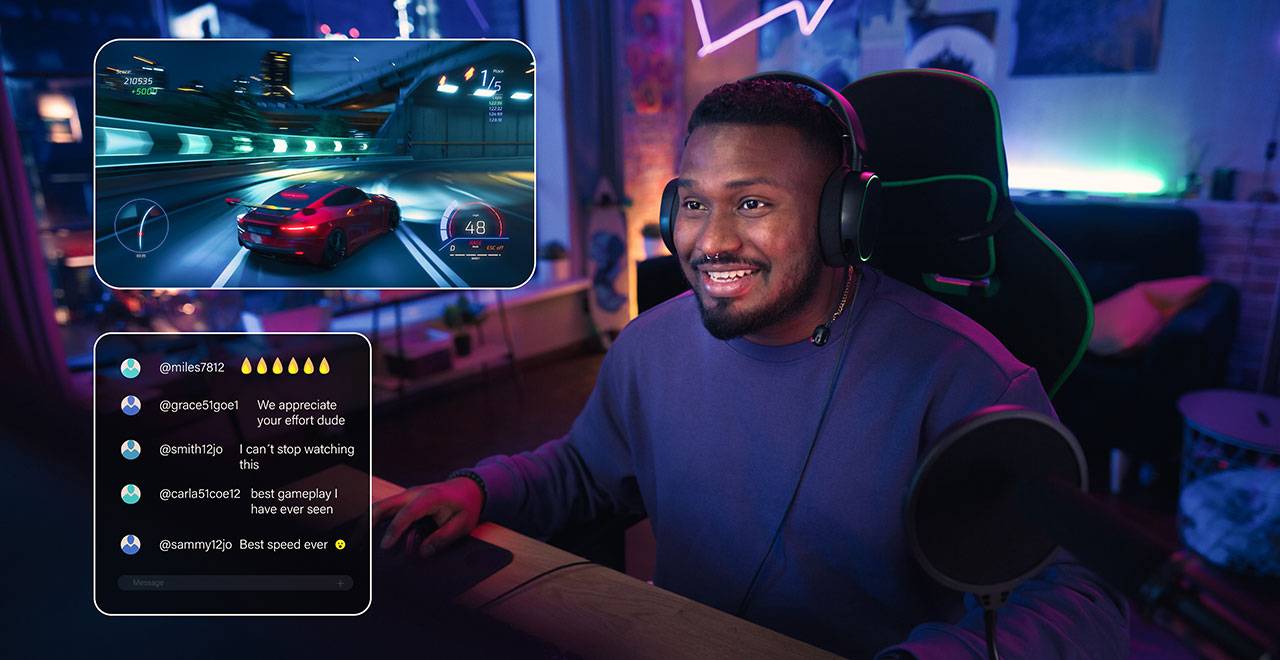
If you've made it this far, you've found your passion, plus a community of people who share your interests. Now it's time for the fun part!
4. Go Live 1-2 Times a Week
When you're ready to stream, CGE suggests you go live occasionally and not daily. After all, you have to let people miss you. This builds anticipation for your content and keeps the spark alive on your channel.
"People then realize, 'Hey, I want to tune into that because it's not like he streams every day. He only streams on Thursdays and Fridays, and I want to catch him live,' " CGE explains.
5. Promote Your Social Communities
In each livestream, CGE says you should advertise other communities you've built online. Tell people to follow your Twitch, TikTok, or Twitter, especially if that content aligns with your streams. It's a fantastic way to boost engagement.
For example, imagine what would happen if:
- People from YouTube come to visit your Twitter.
- Those same people engage with your tweets and boost their reach.
- Twitter blasts those tweets to more people, helping new viewers discover your channel.
Most likely, some of those people will find your livestreams, and another portion will decide to watch them. When this cycle repeats a few times, your livestream viewership increases.
Monetize Your YouTube Live Streams
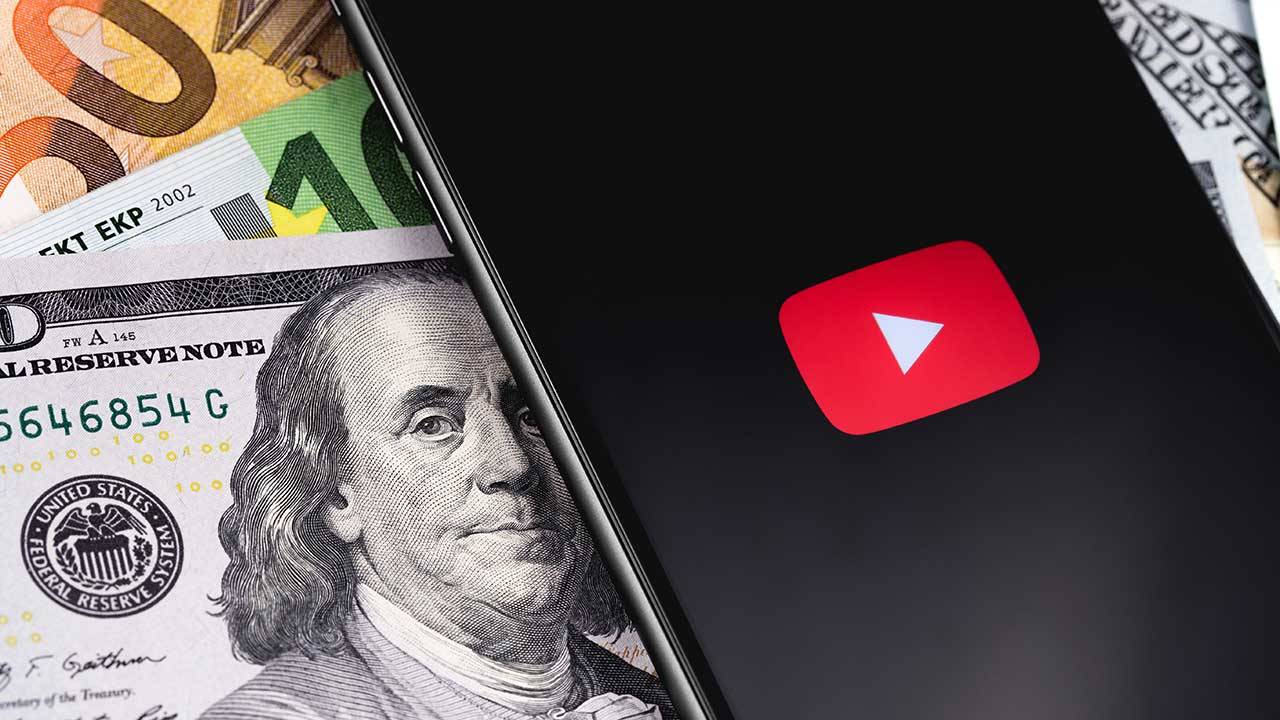
If you have a healthy viewership, now's a good time to monetize your streams. Here's how to approach it from a genuine place, according to CGE.
6. Set a Donation Goal for Each Livestream
Did you know that just by writing down your goals, you're more likely to achieve them? CGE does this by setting a monetary goal for each stream. He uses a donation progress bar that everyone can see, which motivates more people to give! This typically happens through Super Chats, which viewers purchase for $1-$500 and display a message of their choice at the top of the live chat.
"I have a donation bar on the bottom that tells everybody what it's for: monthly rent. It's set to $1,800. Nine times out of 10, the bar gets filled every month," CGE says.
You have to be in the YouTube Partner Program to earn Super Chats, so work on achieving that goal first!
7. Be Transparent About Where the Money Is Going
Once you've set a donation goal, tell viewers how you'll spend the money. Are you buying new camera equipment? Do you need help moving to a new city? Be as transparent as possible, and viewers will respect your request.
"For example, when my son was born, the donation bar said rent, and in brackets, it also said, 'And diapers,' " CGE says. "Because diapers are expensive, right?"
8. Consider a Bonus Donation Bar
Let's say your viewers are highly engaged, and they reach your donation goal before the original deadline. What happens next? Should you stop accepting donations, or should you set a new goal?
"When the bar is filled, and let's say there's still two streams left, I just call it the Bonus Bar," CGE says. "I've been streaming for five years, and there were only three or four times the bar didn't get filled."
Your Blueprint Summarized: How to Monetize Live Streams
To quickly wrap up, here's the game plan if you want to make decent money as a YouTube live streamer:
- Find a topic you're passionate about.
- Join a community for that topic.
- Build your own community to stand out.
- Go live 1-2 times a week on YouTube.
- Promote your social communities.
- Set a donation goal for each livestream.
- Be transparent about where the money is going.
- Consider a bonus donation bar.
These are simple steps, but they require dedication, patience, and a strong focus on community building. Remember, it's about more than views or making money; you're building a community to support your journey.
If you want to see what that looks like, learn more about CGE's journey as a full-time creator below.
And if you're new to streaming, here's what to do before your first livestream.
20k+ 5 Star Reviews
Ready to put this into action?
Use vidIQ to find your next video idea, pick better keywords, and optimize every upload.

